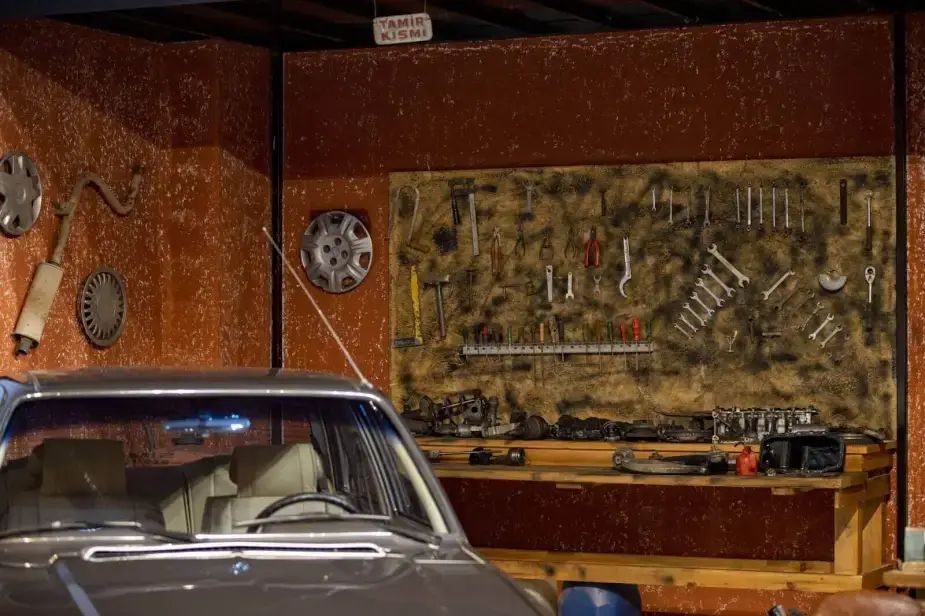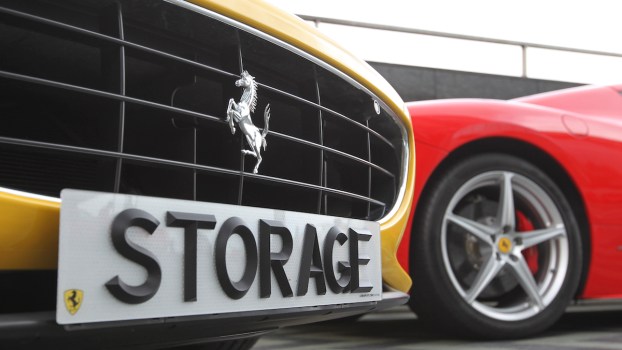
When and How to Prep Your Car After Winter Storage
As the weather starts to warm up, the time to get those sports cars and convertibles out of winter storage is fast approaching. But there are certain things to remember before that first drive. Knowing when and how to prep your car after winter storage is the key to keeping it in pristine condition for years to come.

What to check when taking your car out of winter storage
The first things you’ll want to check when prepping your car after winter storage are the tires and fluids. Your tires should have proper air pressure with no cracking. A simple tire pressure gauge is enough to tell you if your tires are holding pressure. And with a quick visual inspection under good light, you should be able to find any cracks.
Before you start the engine, check the engine oil and transmission fluid levels, if applicable. It’s hard for your engine to sit for months without running; low engine oil will only worsen things. As your car has likely been sitting for several months, an oil change should be the first order of business once your car is back on the road. Still, your engine should have the proper amount of oil as it sits before the car comes out of winter storage.
Once you start the engine, check under the car for any leaks that may have formed while the car was sitting. Sometimes, seals and hoses can dry and crack if a vehicle hasn’t been driven. Those issues will only reveal themselves once fluid begins moving through the system, and now is a good time to check for those issues.
Finally, ensure the brakes are in good working order before you hit the road for a real drive. Seized calipers can occur if a vehicle is stored in a non-climate controlled environment, so it’s important to ensure everything functions properly for safety.
Check for signs of mice and mold

Mold can form inside the cabin if the car is subjected to changing conditions while in winter storage. If you open the door and discover a musty or damp smell, check the vehicle thoroughly for signs of mold. If caught early, mold is fairly easy to deal with. However, it is nearly impossible to eradicate if it takes over large swaths of interior fabric.
Finally, pop the hood and check all the storage areas for evidence of mice. Common areas include the air filters, passenger glove compartment, and spare tire well, but any hidden alcove can be a haven for rodents. Furthermore, you can check all visible wiring and insulation areas for signs of chewing and look for droppings on top of the engine and around the frame.
When it is safe to bring your car out of winter storage
The excitement of the upcoming summer driving season can make anyone impatient, but getting your car out of storage too early could be a problem. If you live in a northern or mountainous climate, know when you’re safely beyond the snowy season to avoid salt contamination on your vehicle. For most of North America, that’s early May, though some may be safer waiting until Memorial Day.
Have fun with your car this summer
Now that you’ve gone through your car and taken it out of winter storage, it’s time to hit the road. Going through this checklist from Les Schwab will give you some added peace of mind so you can focus on the fun of driving your sports car.




